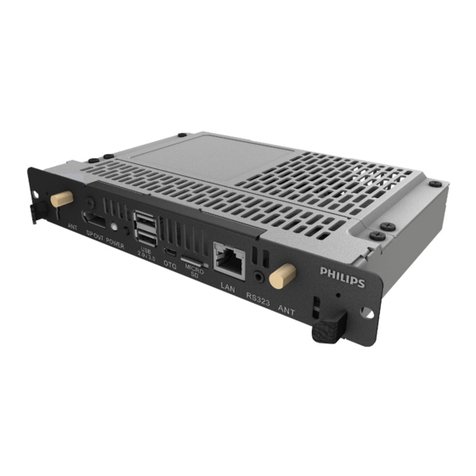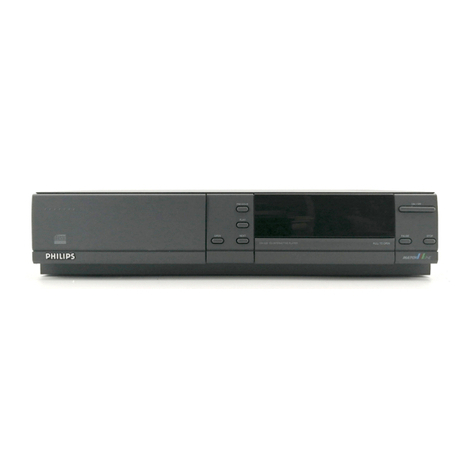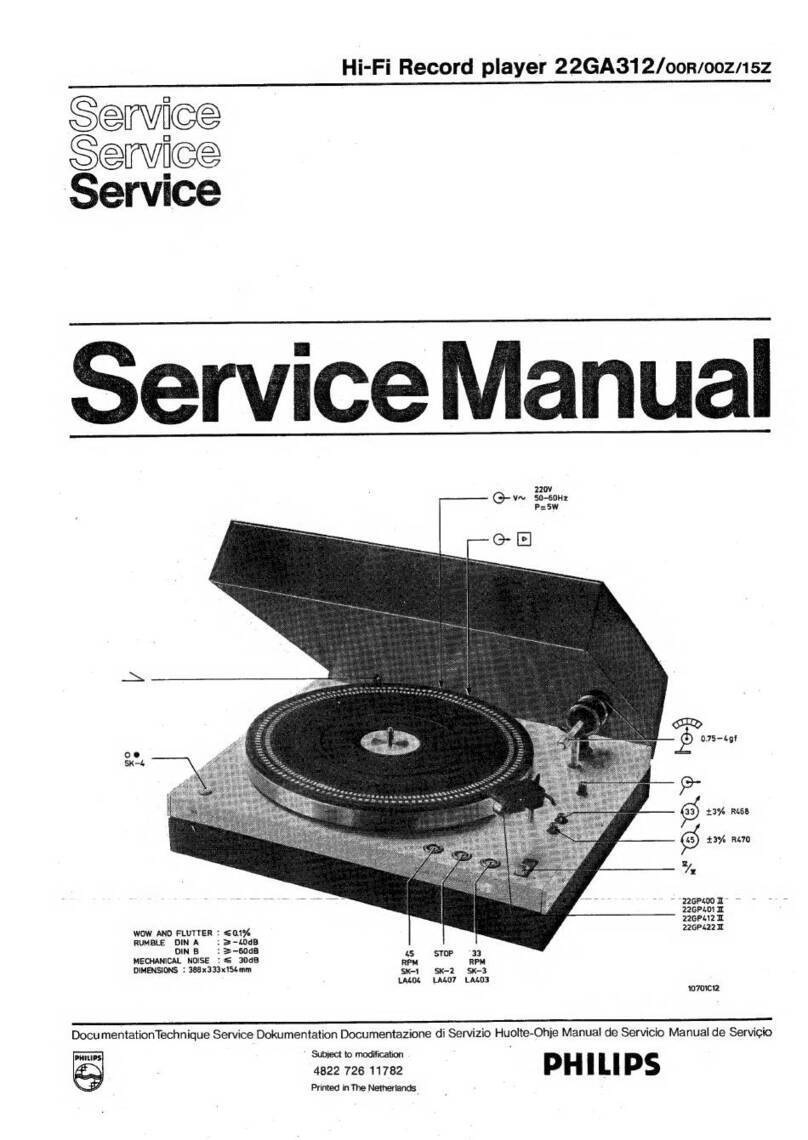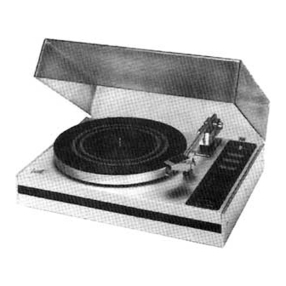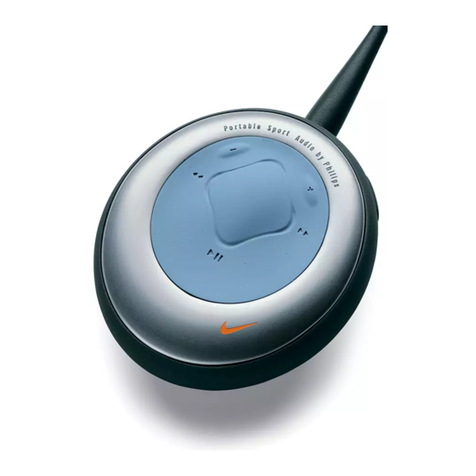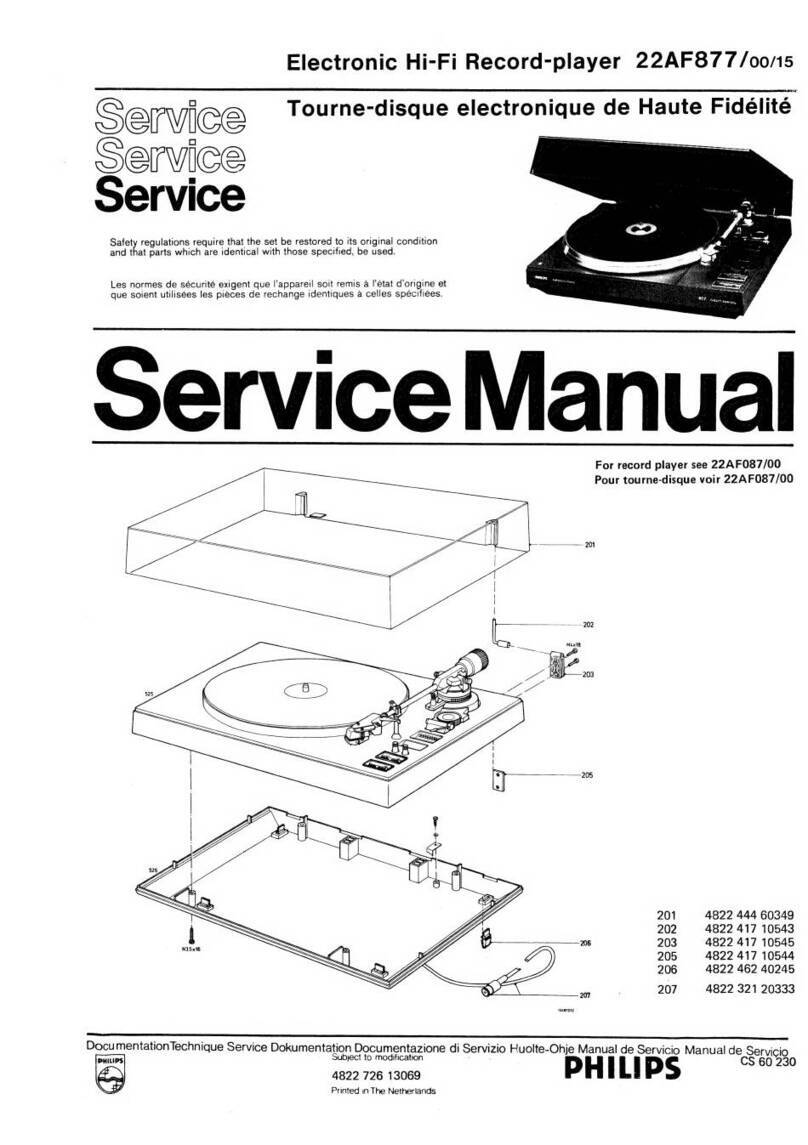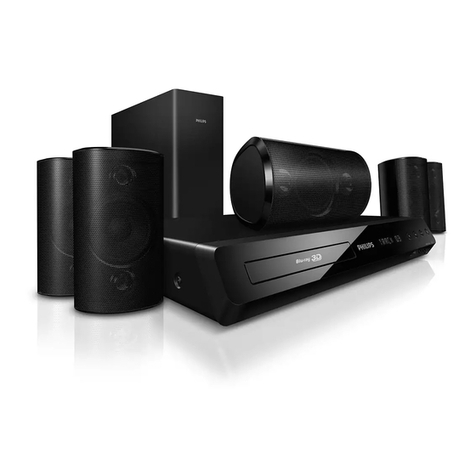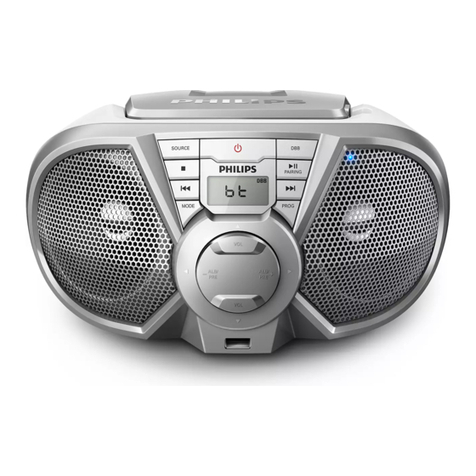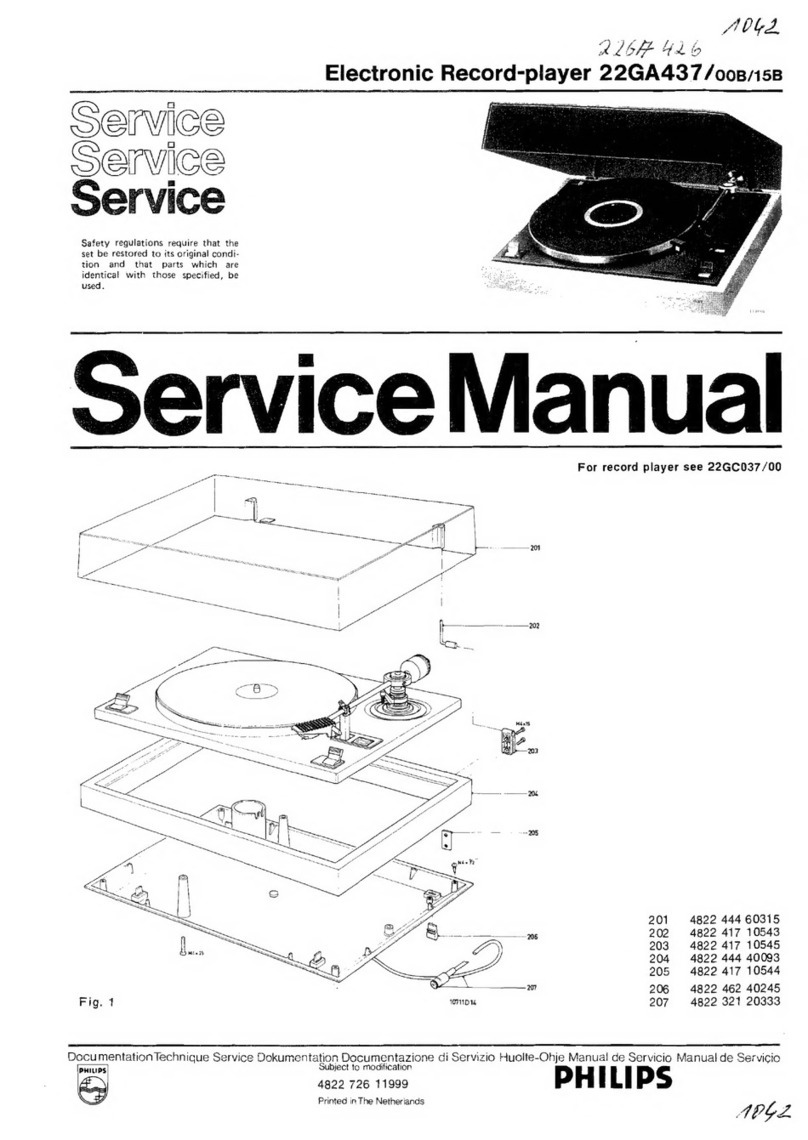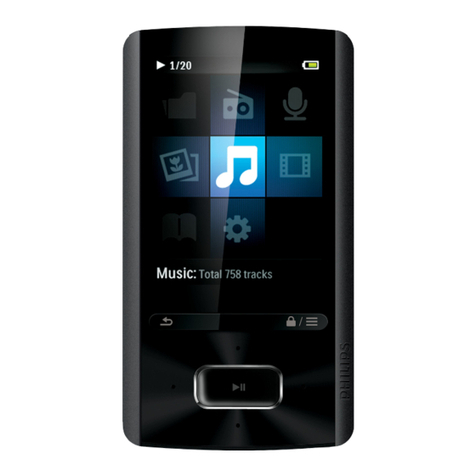reproduction quality are provided with the letter M (see column 3) applied to the
metal closing plate of the pick-up. Needle pickups for microgroove or normal’standard’
groove discs are provided resp. red or green dots (column 2). Phonosensors with
appropriate needles for micro-groove and normal-groove discs do not have a colored
dot. The letters N or M in column 5 placed last the code number of a sapphire needle,
indicate that it is appropriate resp. for N 78 normal grove discs and / or for M
33-1/3 / 45 etc micro-groove discs.
Observation 2:
The above list may undergo some modifications after some time. eg by the addition of
other executions. Then some of the phonosensors mentioned there can be deleted.
Details about these changes will be provided by our RS communications
...................................................................................
II. Explanation concerning the separately supplied parts.
Center pen: This pen (63) is used for automatic play. [SPINDLE]
Short playpen: When single discs have to be listened to, which can not be played automatically
abnormal sizes, for example) the center pin can be replaced with this short playpen. The device is now
not operated automatically, but manually.
These 4 springs are used to suspend the disc changer elastically, the screws are
screwed into the housing, while the changer discs is attached to the intermedian
plate. By means of the separate fixing screws.
P.U.Unit:
These units delivered in tropical packaging must be attached to the pick-up arm. (See also Chapter I).
Note: Do not forget before commissioning it
card, keeping the drive wheel free from the MOTOR and the turntable.
III. Indication of the figures. [referenced FIGURES start on page 21 of 36 of the
1952 PHILIPS SERVICE DOCUMENTATIE ]
Fig.1. Principle diagram of motor with mains connection
2. Principle diagram of P.U. connection
3. Top view of the plate disc changer
8

